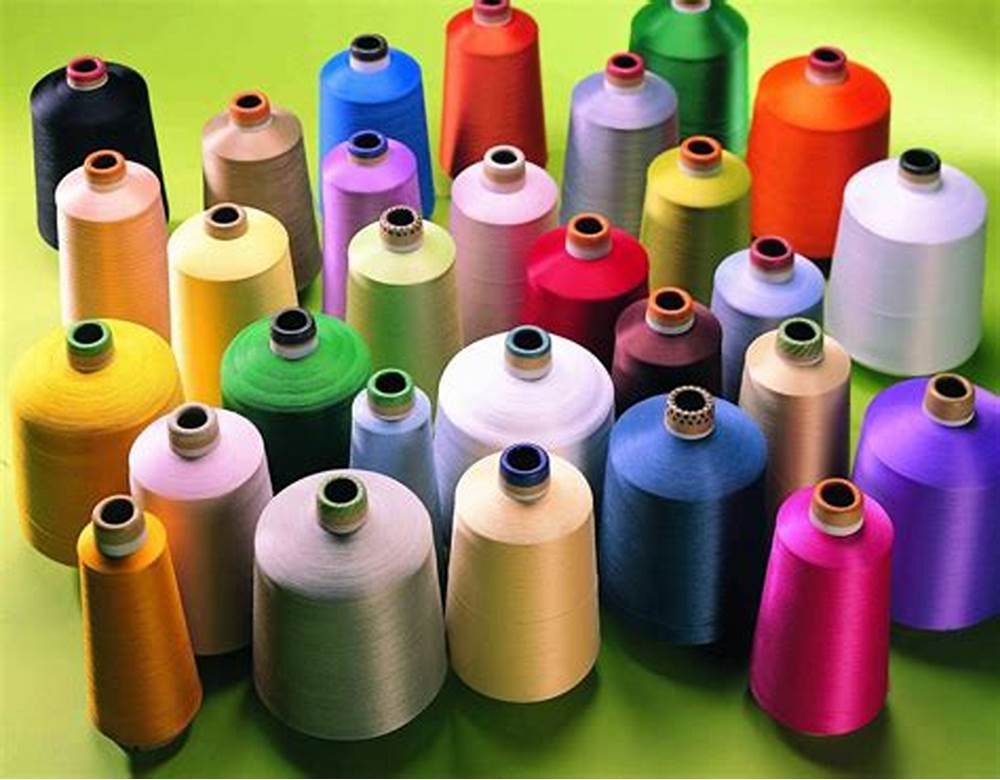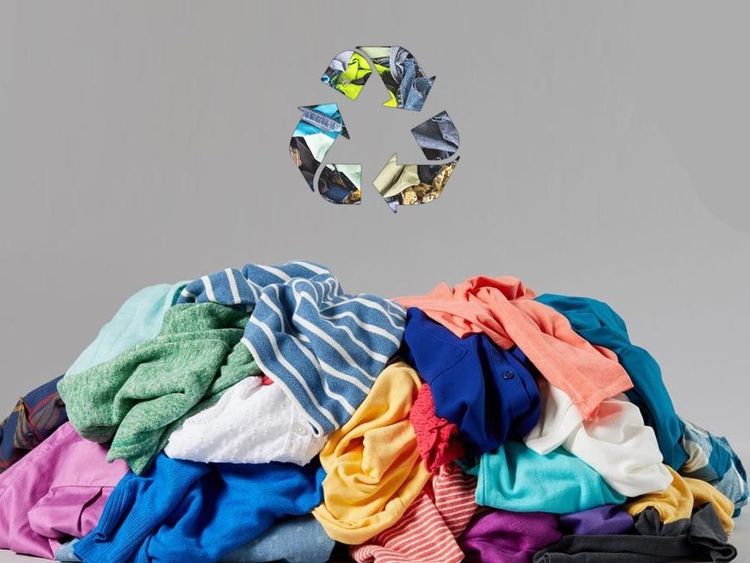
The textile yarn market is expected to reach $23.51 billion by 2030, driven by a rising global demand for textiles across various industries, reveals a study by Virtue Market Research, highlighting growth projections, trends, and opportunities. Despite pandemic's disruption of supply chains, the textile yarn market exhibits resilience. The growing demand for textiles in apparel, home furnishings, automotive parts, and industrial applications fuels long-term market growth. As economies recover and manufacturing resumes, the pent-up demand for textiles is expected to propel the market forward.
Sustainability in the spotlight
A key driver is the increasing focus on sustainability. Consumers are demanding eco-friendly textiles made from recycled fibers, organic cotton, and biodegradable materials. Manufacturers are responding by investing in sustainable production practices and certifications to meet this growing demand.
The market presents a significant opportunity in technical textiles -- those used for medical, hygiene, and protective applications. The pandemic has underscored the importance of technical textiles in healthcare, driving demand for yarns in medical gowns, masks, and hygiene products. Manufacturers are expanding production and diversifying product lines to capitalize on this trend.
Digitalization revolutionizes yarn production
Digitalization and automation are transforming yarn manufacturing. Technologies like artificial intelligence, the Internet of Things (IoT), and data analytics are being integrated into equipment to enhance efficiency, quality control, and productivity. Automated machines enable faster production, higher yarn consistency, and reduced costs. Additionally, real-time process monitoring, predictive maintenance, and optimized production schedules are facilitated by digitalization, giving manufacturers a competitive edge.
Chemical yarns, encompassing synthetic fibers like polyester, nylon, and acrylic, represent the largest market segment due to their versatility, durability, and affordability. However, plant-based yarns, derived from natural fibers like cotton, hemp, flax, and bamboo, are the fastest-growing segment. These fibers' softness, breathability, and biodegradability appeal to eco-conscious consumers, propelling market growth.
Artificial reigns, animal yarns rise
Artificial yarns, including polyester, nylon, acrylic, and viscose, dominate the market due to their versatility and ability to mimic natural fibers with added benefits like wrinkle, moisture, and abrasion resistance. However, animal yarns derived from sheep, goats, and silkworms are experiencing significant growth. Wool's warmth, softness, and moisture-wicking properties make it ideal for winter wear and outdoor clothing, while silk's luxurious texture and sheen are sought after in high-end fashion.
The apparel segment, encompassing a wide range of clothing and fashion items, is the largest application for yarns. Both natural and synthetic fibers are used, offering a variety of textures, colors, and performance properties. However, the industrial segment, encompassing technical textiles used in automotive, aerospace, construction, and healthcare, is the fastest-growing. These yarns are engineered for specific performance requirements like strength, durability, heat resistance, and chemical resistance, finding applications in tire cords, conveyor belts, ropes, hoses, filters, and medical textiles.
The Asia-Pacific region, including China, India, Japan, and South Korea, is the largest market segment due to abundant raw materials, low labor costs, and supportive government policies. However, North America, which includes the United States, Canada, and Mexico, is the fastest-growing region. This growth is driven by rising demand for sustainable and high-quality textiles, technological advancements, and a shift towards locally produced goods. The pandemic has accelerated e-commerce adoption and digital technologies, further propelling online retail channels for textiles and apparel in North America.
Sustainability, technology, and collaboration
Sustainability initiatives are a key differentiator for companies. Focus areas include using recycled fibers, water-saving techniques, and minimizing carbon emissions. Collaboration with sustainability organizations, participation in certification programs, and transparent communication about these efforts are crucial for building trust with consumers.
Companies are embracing digitalization to streamline operations, enhance efficiency, and meet consumer demands. Advanced manufacturing technologies like automation, robotics, and data analytics are being implemented. Additionally, companies leverage digital platforms for marketing, sales, and distribution, enabling them to reach a wider audience and adapt to changing market trends.
Collaboration and partnerships are becoming increasingly prevalent. Examples include textile manufacturers collaborating with technology firms to develop innovative yarns, brands partnering with suppliers for sustainable product lines, and strategic alliances for market expansion. These collaborations leverage combined expertise, resources, and networks to drive market growth and competitiveness.
In conclusion, the textile yarn market is poised for significant growth, driven by rising demand for textiles, a focus on sustainability, and technological advancements.











